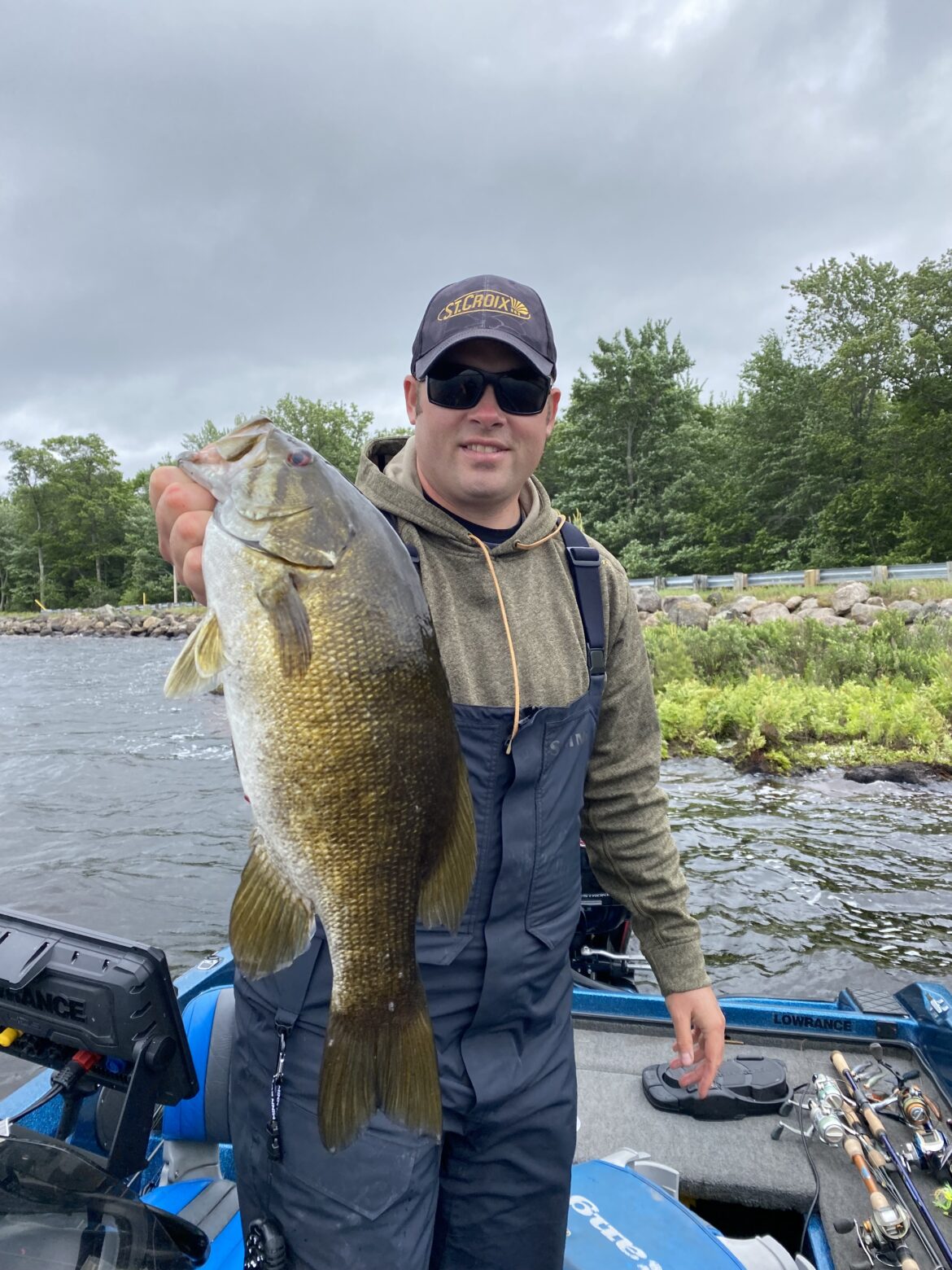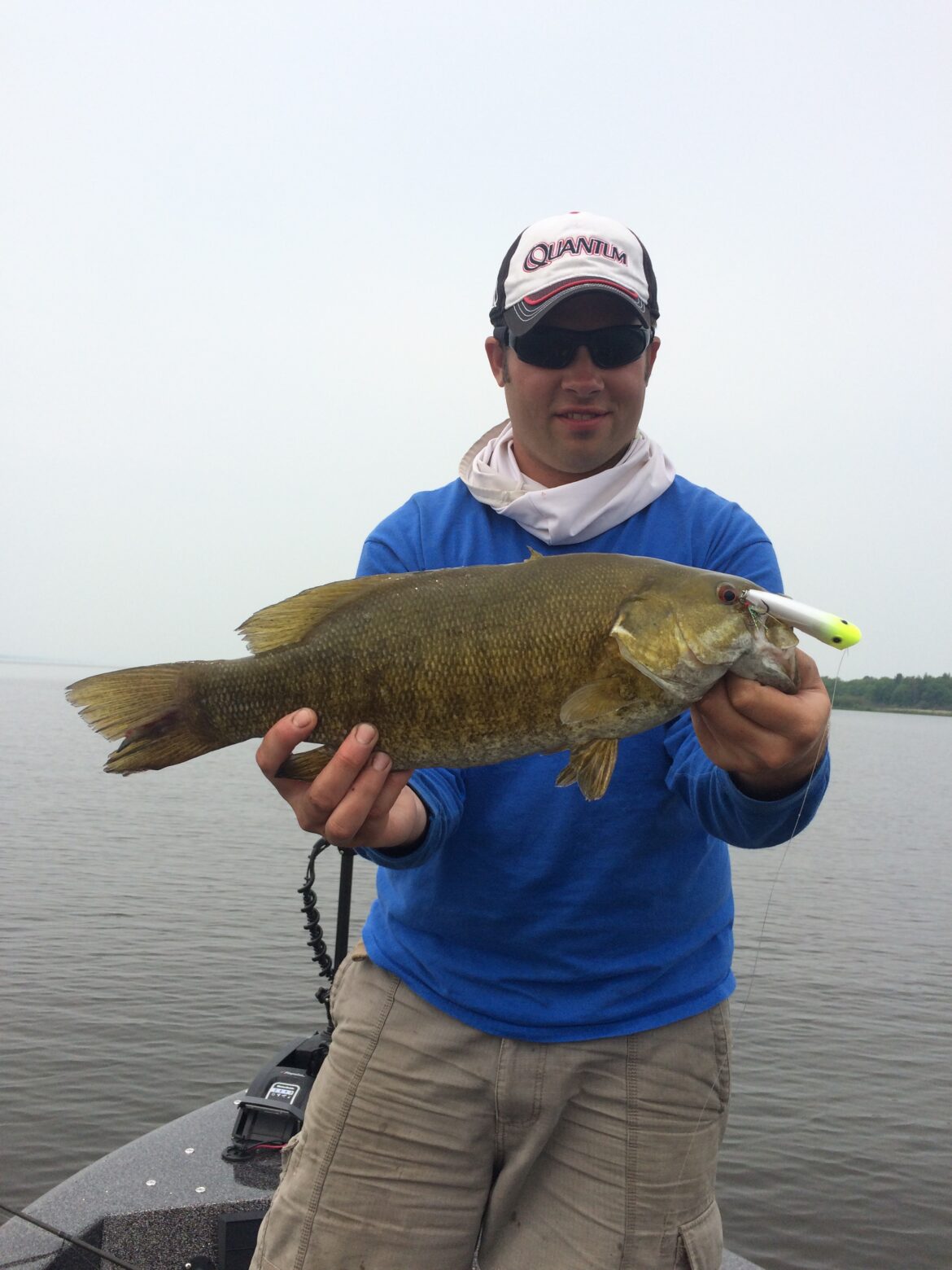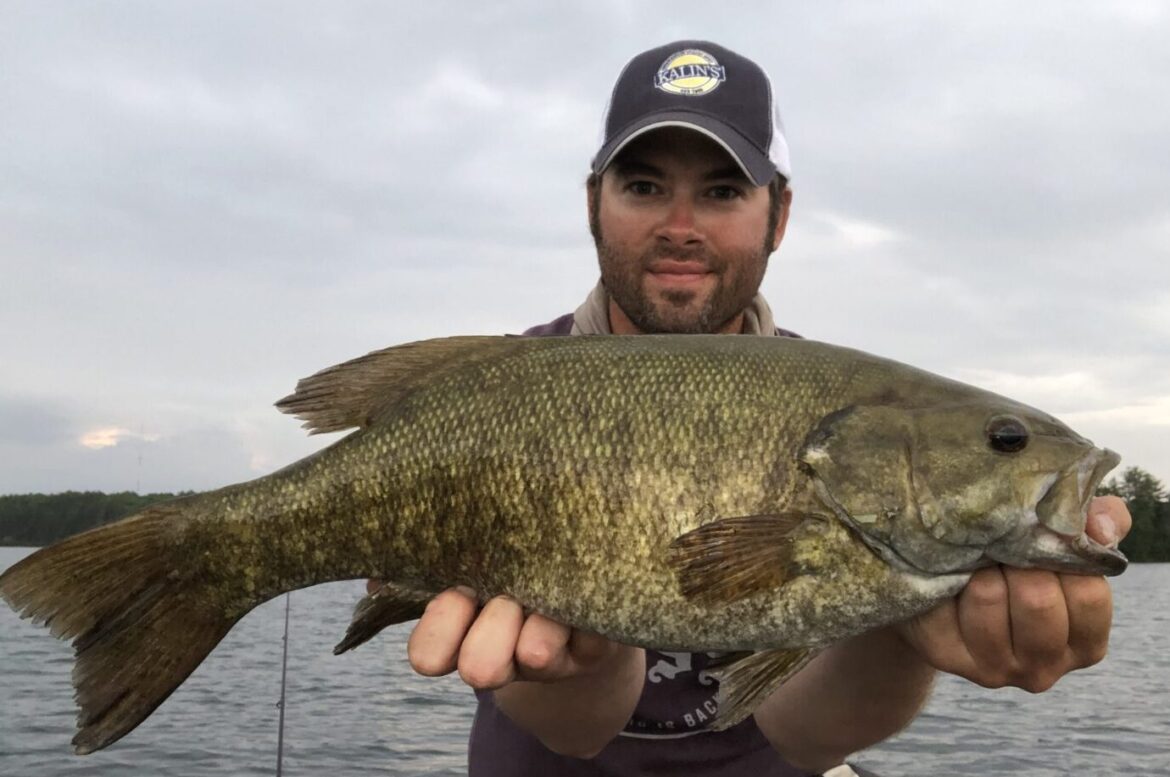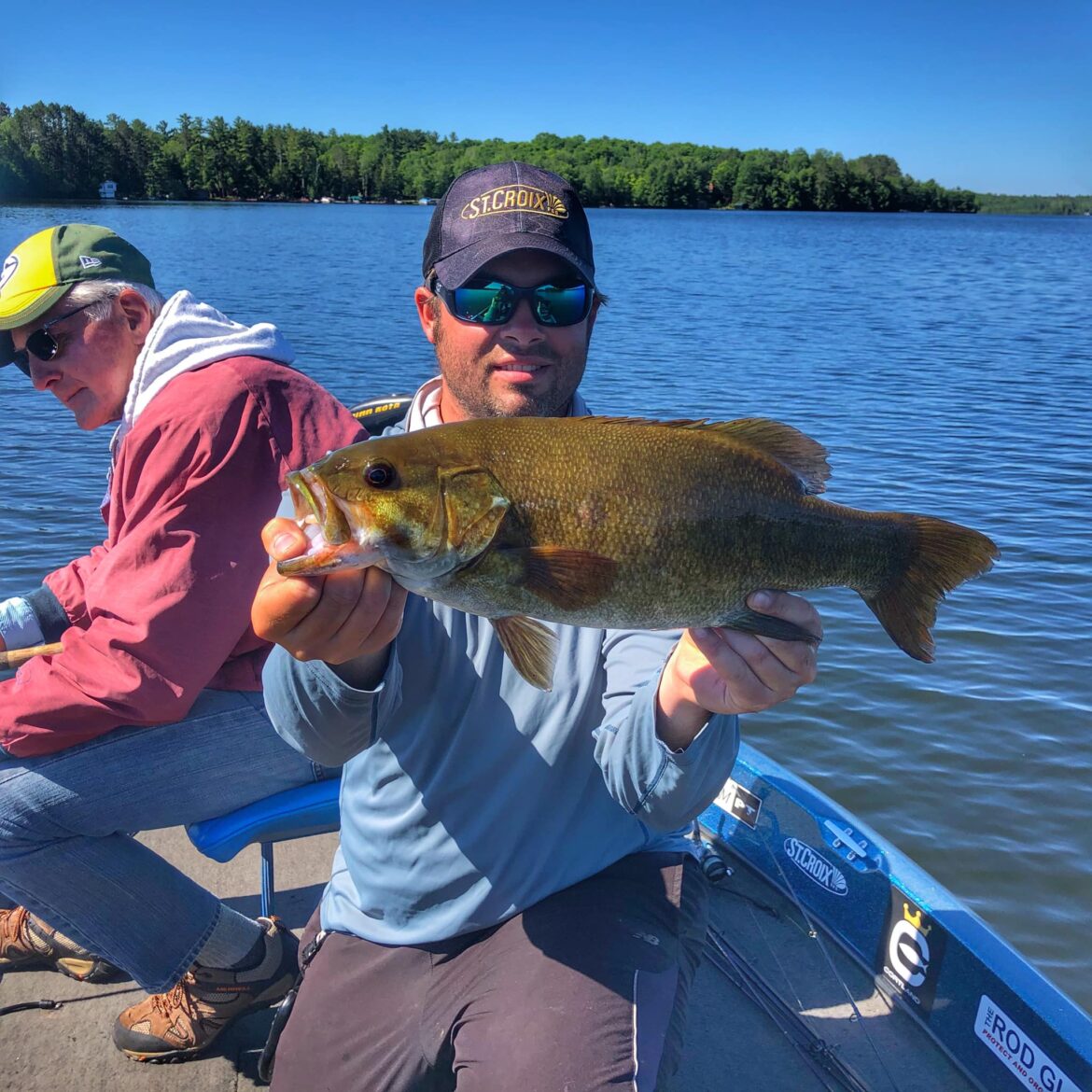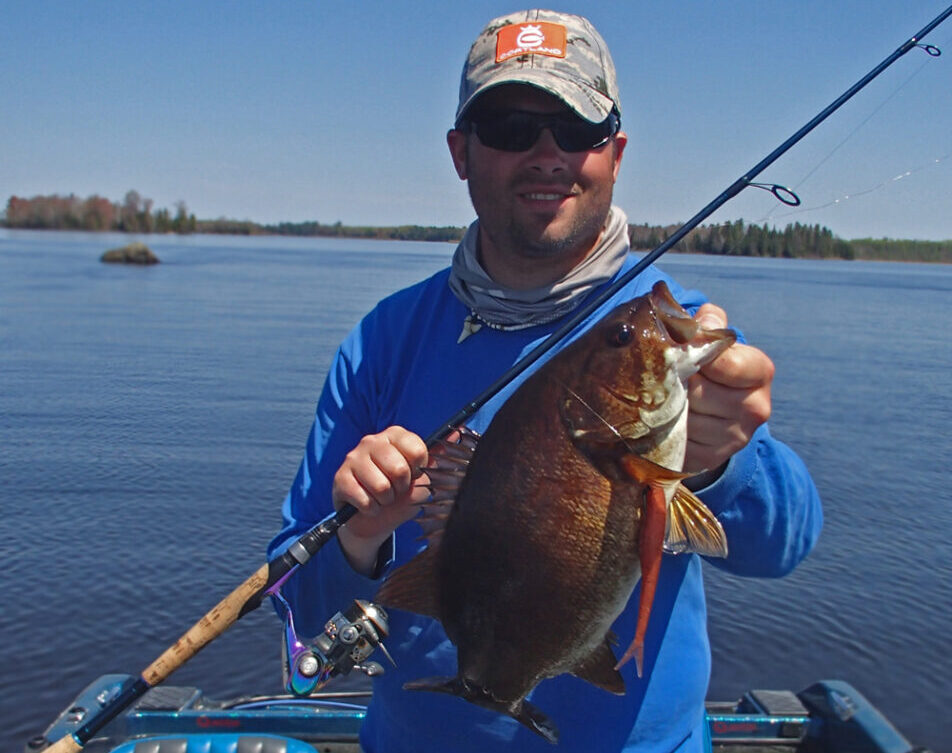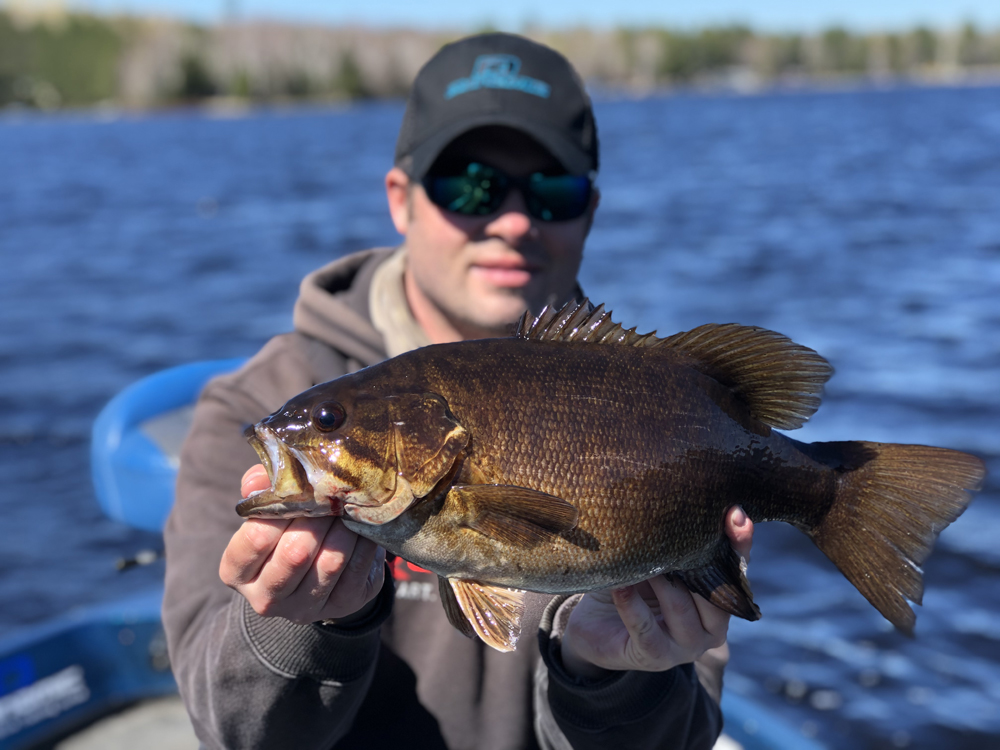It wanders erratically under a multitude of retrieve speeds and cadences. Its polycarbonate or circuit board lips are able to withstand the frequent punctures from digging into the hard, impenetrable lake bottom. Hook points may impressively dull in the process. Colliding into wood, rock, and boulder, its frivolous wobbling and vibration aided by noisy
When it comes to jerkbait fishing, smallmouth anglers should always bring a handful of soft bait minnows for the party. Equally effective for smallmouths, and sometimes even better depending on fish activity levels, soft jerkbaits in the fluke style can be fished with the same cadence as a hard jerkbait to draw strikes. It
By Andrew Ragas – with Cory Schmidt Time – (noun) is the continued sequence of existence and events that occurs in irreversible succession from the past, through the present, into the future. It is a component quantity in material reality or in the conscious experience. It’s also the single greatest fishing tool to have.
Each spring, I preach fishing waters that warm fastest. To catch potentially the most active fish, and to tap into premier smallmouth fisheries whose populations are further and deeper established into the spawning season, I always fish and guide on the larger river systems and their flowages to begin the season.


